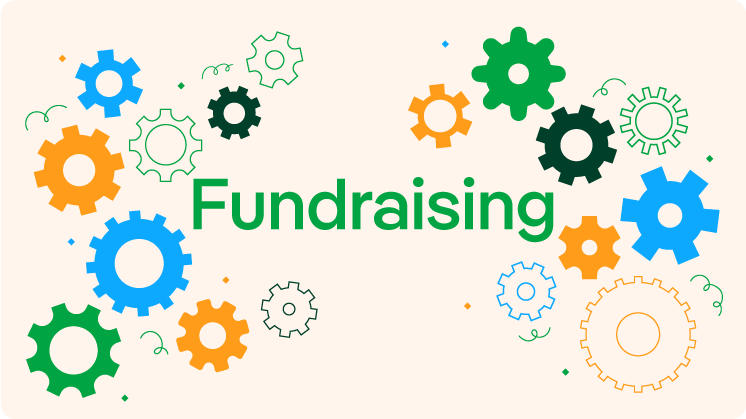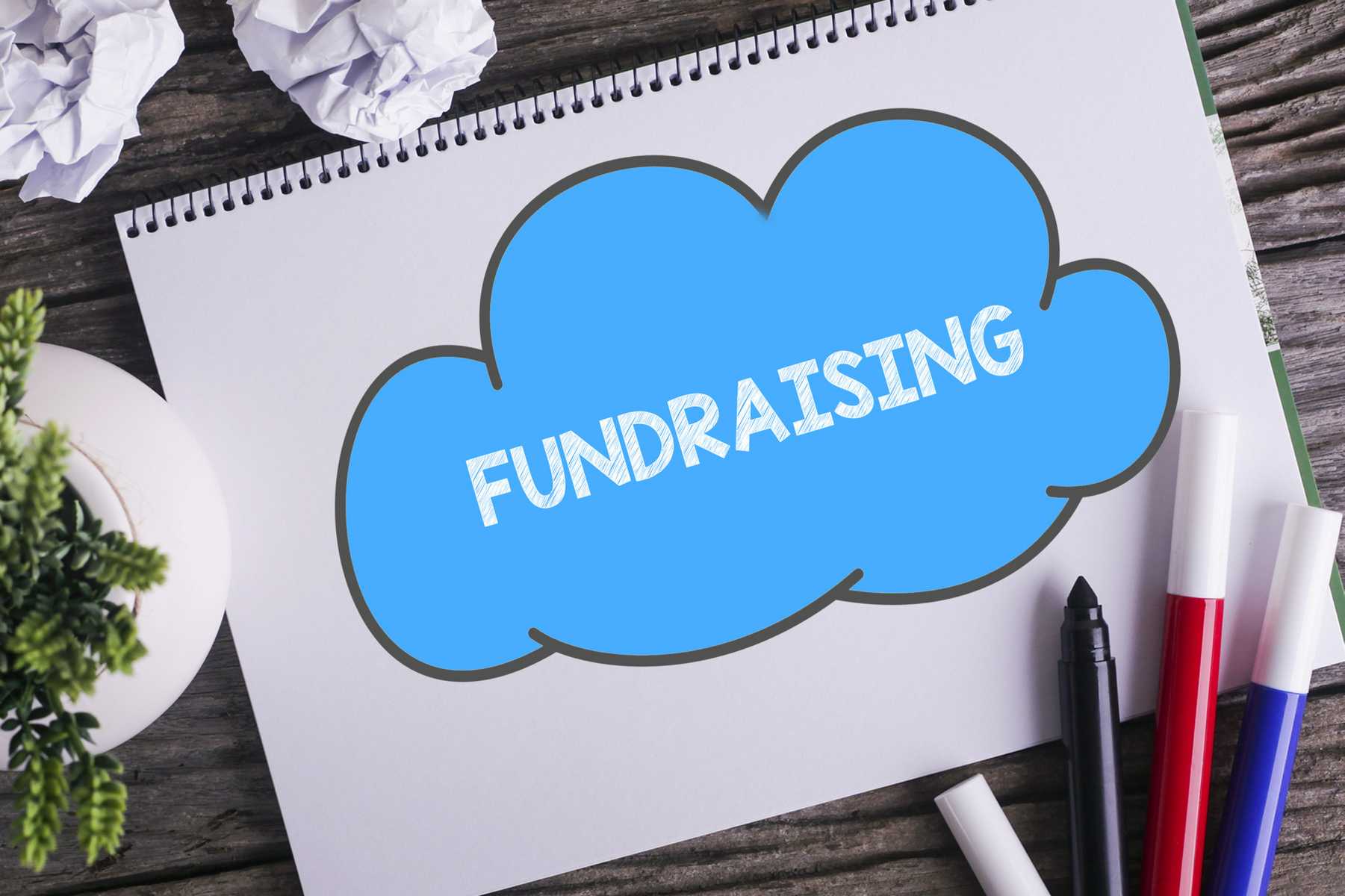Nonprofit Agency: Professional Services to Support Your Goal and Goals
Nonprofit Agency: Professional Services to Support Your Goal and Goals
Blog Article
The Duty of Neighborhood Engagement in Nonprofit Fundraising: Building Lasting Relationships for Lasting Assistance
Area interaction is significantly acknowledged as a critical part of successful nonprofit fundraising. The methods and techniques utilized to engage neighborhoods vary extensively, raising important questions regarding performance and influence.
Understanding Neighborhood Engagement
Area engagement is an essential part of successful nonprofit fundraising efforts. It refers to the methods and activities that companies use to link with their neighborhood neighborhoods, cultivating partnerships that are equally helpful. Understanding area interaction includes acknowledging its multifaceted nature, which consists of involvement, partnership, and outreach. Nonprofits have to identify crucial stakeholders-- such as neighborhood participants, neighborhood services, and other companies-- to produce effective engagement strategies.
Reliable community interaction is based on active listening and responsiveness to the needs and rate of interests of the area. This process entails obtaining responses, understanding neighborhood characteristics, and guaranteeing that the organization's objective aligns with neighborhood concerns. Involving the area can take numerous kinds, including public conferences, volunteer possibilities, and collaboration campaigns, each made to motivate involvement and investment in the company's objectives.
Furthermore, community interaction ought to be approached as a recurring dialogue instead than a single effort. By promoting a comprehensive setting where community voices are heard and valued, nonprofits can construct a solid structure for future fundraising endeavors. Inevitably, a deep understanding of community engagement encourages organizations to produce authentic links that enhance their general performance and sustainability.
Advantages of Solid Relationships
Solid partnerships formed through community interaction yield countless advantages for not-for-profit fundraising efforts. Firstly, these partnerships foster depend on and credibility, vital parts in encouraging contributors to add. When potential supporters see a not-for-profit proactively included in their community, they are more probable to rely on its mission and impact.

Furthermore, these relationships promote efficient communication. Nonprofits can take advantage of their links to share stories of influence, updates, and needs, guaranteeing that fans continue to be enlightened and engaged. This open line of communication not just reinforces bonds however likewise motivates referral promo, expanding the not-for-profit's reach.
Finally, strong community ties can bring in brand-new companions and enrollers. Organizations and people are a lot more inclined to align with companies that show purposeful neighborhood participation, offering added resources and assistance that can significantly boost fundraising abilities. Thus, growing robust connections through neighborhood involvement is integral to a not-for-profit's long-term fundraising success.
Methods for Efficient Involvement
Just how can nonprofits effectively engage their communities to enhance fundraising efforts? Normal updates, involving content, and calls-to-action can galvanize community rate of interest and engagement.
2nd, organizing neighborhood events, such as workshops, volunteer chances, or fundraising drives, facilitates in person interaction, permitting nonprofits to display their impact and efforts. These events not only raise funds but also grow partnerships and enable neighborhood members to involve directly with the reason.
Third, applying individualized interaction approaches can improve interaction. Customizing messages to particular donor sectors based on interests and past contributions promotes a feeling of belonging and investment in the organization's objective.
Lastly, developing collaborations with regional organizations read the article and community leaders can intensify outreach efforts. Collaborative initiatives can improve presence and integrity, showing a cumulative dedication to the neighborhood's well-being. By incorporating these strategies, nonprofits can construct long-term connections that boost fundraising initiatives and drive sustainable support.
Gauging Interaction Success
While engaging the community is important for effective not-for-profit fundraising, gauging the efficiency of these involvement initiatives is similarly vital. Developing clear metrics permits organizations to analyze just how well they are connecting with their audience and attaining their fundraising objectives. Secret performance indicators (KPIs) such as donor retention prices, volunteer engagement levels, and interaction on social networks systems provide concrete data for analysis.

Regularly analyzing these metrics allows companies to pivot their techniques when essential, ensuring that neighborhood engagement stays straightened with their total mission. Moreover, sharing these outcomes with stakeholders fosters openness and develops count on, urging further area participation. Eventually, a durable dimension structure not just educates future fundraising campaigns but likewise strengthens the connection between the nonprofit and its supporters, laying the foundation for lasting success.
Instance Research Studies in Neighborhood Impact
Numerous case studies highlight the extensive impact that community involvement can have on not-for-profit fundraising success. One remarkable example is the "Something to chew on" campaign, where a regional food bank partnered with schools and companies to host community suppers. These occasions not just elevated funds yet additionally promoted a sense of belonging amongst participants, dramatically increasing contributor retention rates.
One more engaging situation is the "Green Spaces Task," which involved local homeowners in the revitalization of metropolitan parks. This campaign not only amassed financial backing from local organizations yet also cultivated a volunteer base that added to continuous upkeep and shows. The feeling of ownership and satisfaction among neighborhood participants equated into continual contributions.
In the realm of arts, the "Art for All" project effectively involved regional artists and clients to develop collective art setups, leading to enhanced visibility and contributions for a local arts not-for-profit.
These instances content highlight that when nonprofits focus on neighborhood involvement, they can develop long-term partnerships that enhance go to my site fundraising initiatives, making sure sustainable assistance and fostering a lively community society. Such cases demonstrate that community engagement is not simply an approach however a vital column of not-for-profit success.
Final Thought
To conclude, neighborhood involvement is indispensable to the success of not-for-profit fundraising efforts. By cultivating strong partnerships with neighborhood stakeholders, organizations improve trust and reliability, resulting in improved benefactor retention and loyalty. Implementing efficient engagement strategies and measuring their impact ensures that nonprofits can prosper and adjust. Ultimately, a durable structure of neighborhood assistance not just enhances fundraising possible however additionally grows a society of cooperation, essential for accomplishing long-term organizational goals and maintaining significant impact.
Nonprofits need to determine key stakeholders-- such as area members, local organizations, and various other organizations-- to develop reliable engagement techniques.

In conclusion, community interaction is essential to the success of not-for-profit fundraising initiatives.
Report this page